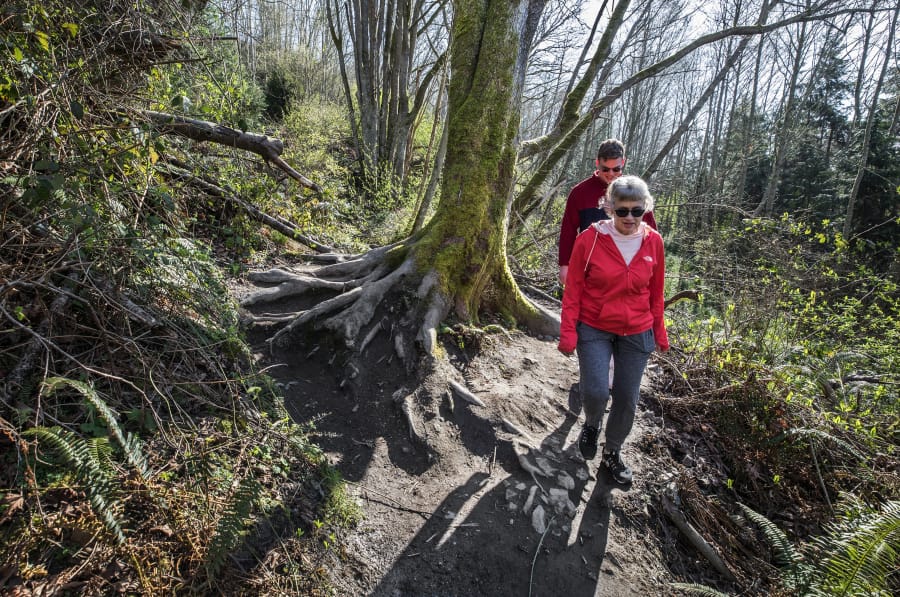SEATTLE — Lesson No. 1 in skipping rocks: the hunt.
Searching for the proper stone can be tedious, but it’s the most crucial step. The right rock must be flat; it must be smooth; and it must be just the right size — not too heavy but not too small. You’ll know you’ve found it when you pick it up.
Lesson No. 2 in skipping rocks: the throw.
As a Little League baseball coach, I try to teach kids safe throwing techniques: elbow up, a 90-degree arm angle, fingers on top of the ball. As a rock-skipping master (a title I bestowed on myself, thank you), I quickly abandon those rules and teach my three kids a sidearm fling that, while wildly reckless, is sure to set them on course to break the Rock Skipping World Record. (I looked it up, and this does exist: The world record is 88 skips. Yes, 88! My best on this day was 17 skips, although my kids have at times accused me of delusions of grandeur.) Hey, a dad can dream.
Finding the perfect rock became our mission — our obsession, really — during a mid-March afternoon hike at Wallace Swamp Creek Park in Kenmore. There were six of us who set out on this mini-adventure: me, my three kids (ages 11, 9 and 4), my father-in-law and my mother-in-law. We had little ambition beyond soaking up as much sunshine as possible.
The hike itself at Swamp Creek isn’t much of a challenge. The park is well-maintained by Kenmore Parks & Trails and covers 25 acres, most of which is wetlands and forest. There are 2 miles of trails, and our “adventure” there was more of a nature walk. And that was part of the appeal for our small party. The most advanced hikers we are not, but that didn’t matter in the moment.



